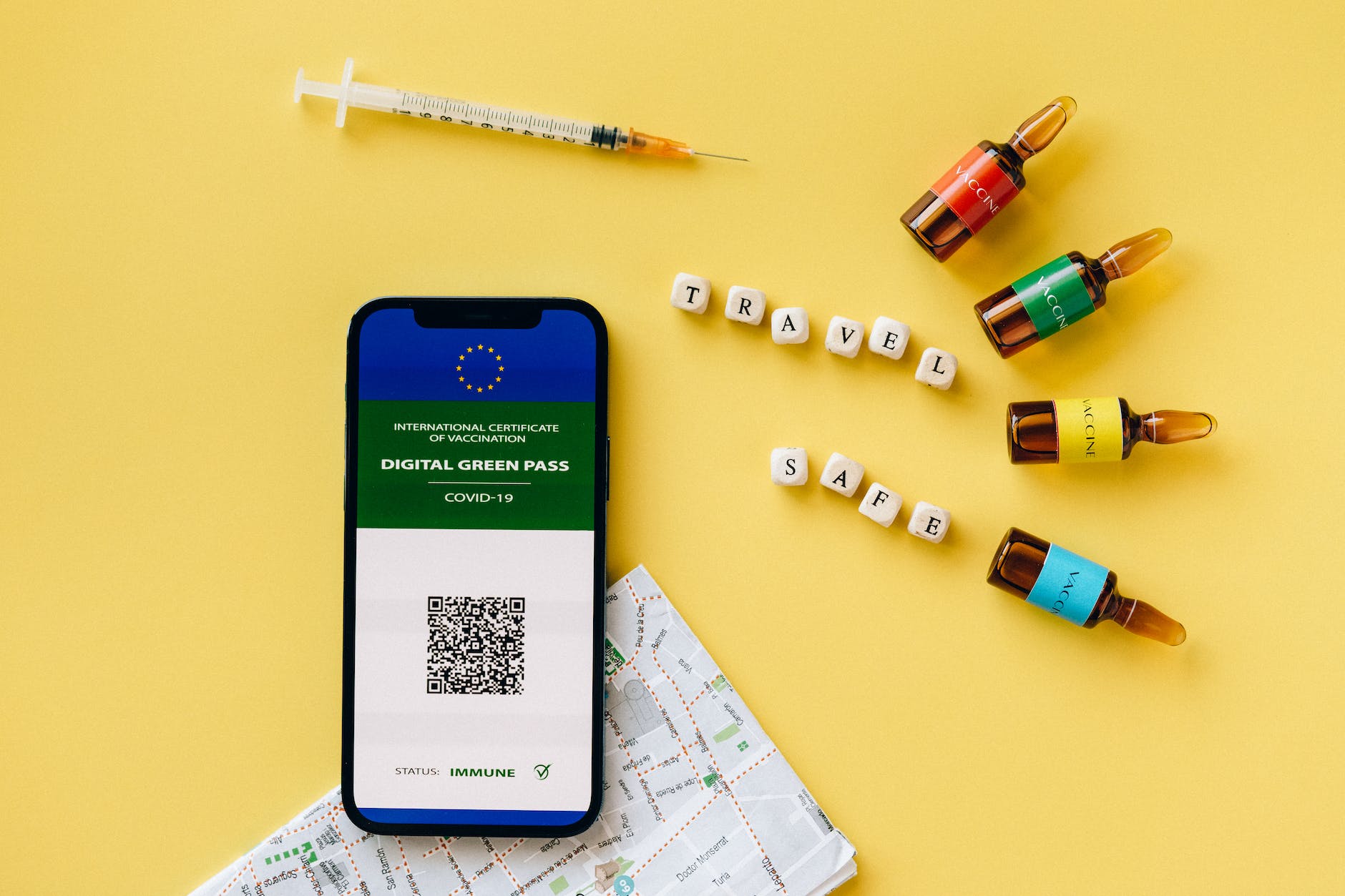Healthcare education is undergoing a rapid digital transformation. Technology innovations like artificial intelligence, virtual reality and advanced simulation are changing how nurses and doctors are trained. These disruptive shifts promise to increase access to medical education, ease skills shortages and better prepare the healthcare workforce to meet future demands.
This acceleration into high-tech is driven mainly by necessity. The World Health Organization predicts a worldwide shortfall of 15 million healthcare workers by 2030. Countries must scale up their medical training programs quickly. Digitizing elements of nursing and medical curriculums allows schools to reach more students in less time. Fast-paced programs, like those offering an accelerated nursing degree online, pack courses into 12-18 months.
The Rise of Adaptive Learning
Ed-tech makes instruction more personalized and adaptive to each student’s needs. Sophisticated learning algorithms parse through data on students’ engagement, quiz performance, knowledge gaps and more to create customized study plans.
The algorithms identify concepts the student is struggling with and serve them remedial content, extra practice questions, and resources specifically on those topics. Meanwhile, topics the student has mastered are deprioritized to focus study time where it is most needed.
These adaptive learning platforms also leverage artificial intelligence technologies like natural language processing to provide tutoring and feedback. Chat-based AI tutors converse with students to assess their progress and provide individual guidance.
Using data and AI to tailor instruction to each learner’s strengths and development areas, these adaptive platforms create meaningful performance improvements at scale.
Initial research indicates the personalized approach helps students better retain information, address knowledge gaps more quickly, and even reduce the anxiety many feel when confronting complex concepts. This customized ed-tech aims to boost outcomes for all students regardless of their initial aptitude levels in a subject area.
Immersive Technologies Enhance Experiential Learning
The most cutting-edge medical schools have begun augmenting in-person teaching with immersive technologies. Students use AR/VR headsets to visualize anatomical structures in 3D. They access libraries of interactive video case studies. Simulation mannequins with realistic physiology provide safe spaces to acquire clinical skills.
These technologies enable schools to standardize training and assess learner competencies more objectively. Students gain exposure to a wider breadth of patient scenarios. Rare conditions and complex procedures can be simulated on-demand to speed expertise development.
Some forward-thinking institutions even test AI-driven virtual patients that respond dynamically to student lines of inquiry during diagnosis. Such conversational agents help physicians strengthen communication and bedside manner skills to succeed with actual patients.
The Pandemic Catalyst
The COVID-19 pandemic dramatically accelerated the digital transformation of healthcare education. Social distancing policies forced many schools to transition towards online instruction almost overnight rapidly. This sudden shift provided a crash course to both students and faculty on leveraging education technologies.
Early results show the tech-savvy generations now entering nursing and medical programs are embracing these digital changes. A research firm Holon IQ survey found that 87% of current healthcare students felt ready to learn in remote digital environments.
In particular, younger millennials and Gen Z respondents actually prefer digitally-enabled curriculum delivery, viewing blended models as more engaging and flexible. These digital native students appreciate being able to access recorded lectures, participate in virtual simulations and connect with faculty remotely via video chat.
Balancing High-Tech and High-Touch
Of course, technology will never fully replicate the experiential learning from interacting with actual patients. And some fear critical interpersonal skills could suffer if digital substitutions become too pervasive.
Most experts argue that a balanced blend of online knowledge-building and in-person clinical training is ideal. It is allowing each format to do what it does best – accessible foundational teaching online and humanistic skill-building in person.
Some technologies even strengthen human interaction. Collaboration tools let remote students debate diagnoses in virtual breakout rooms. Telemedicine setups enable them to communicate with standardized patients via video chat.
The Verdict
While the full impact these technologies have on educational outcomes remains to be seen, the verdict is in on one thing – the digital transformation of healthcare education is inevitable. The post-pandemic world demands training innovations that expand access and better readiness.
The anticipated global shortage of healthcare workers cannot be addressed by ed-tech alone. But as nursing schools and medical programs race to digitize elements of their curriculums, it will no doubt play a crucial role in shaping the next generation of nurses and physicians.


